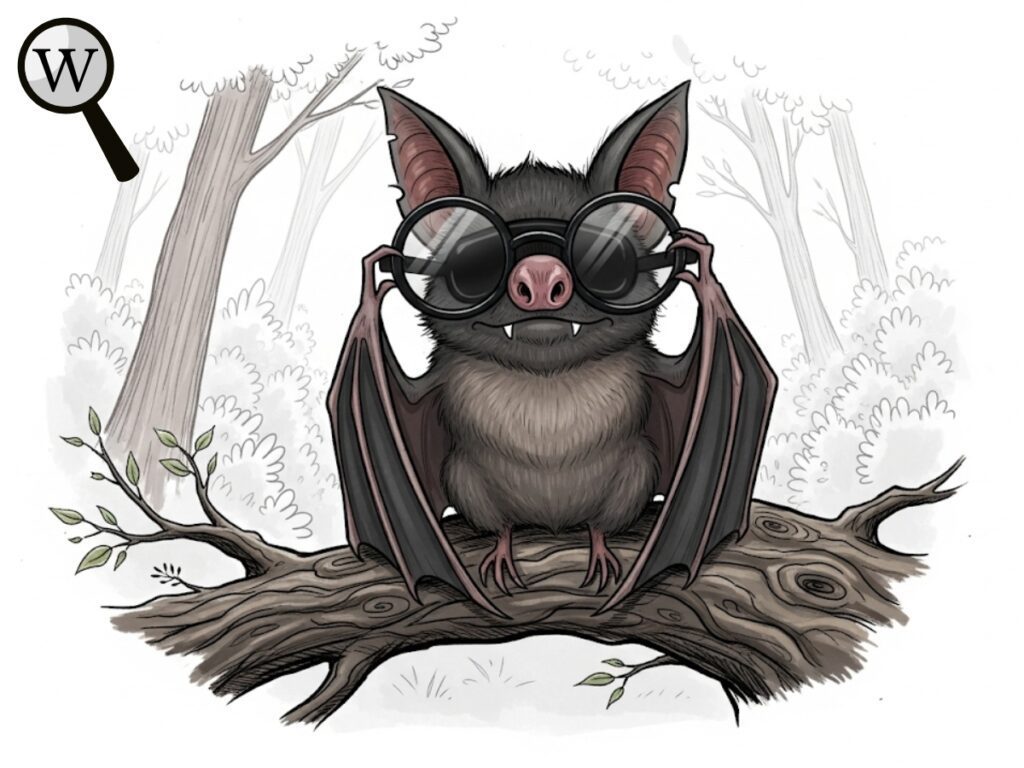
We’ve all heard the phrase “blind as a bat” haven’t we? It’s a common expression people use to describe someone who has poor eyesight or struggles to see clearly. But here’s a fun fact that might surprise you: are bats blind? Not at all! In fact, many of them have perfectly good vision, and some species may even see better than humans, especially in low-light conditions.
Sounds unexpected, right? That’s because this myth has been around for so long, it’s easy to believe. But once you learn the truth about bats and their amazing eyes, you’ll see why this old saying just doesn’t hold up.
Table of Contents
🦇 Are Bats Blind?
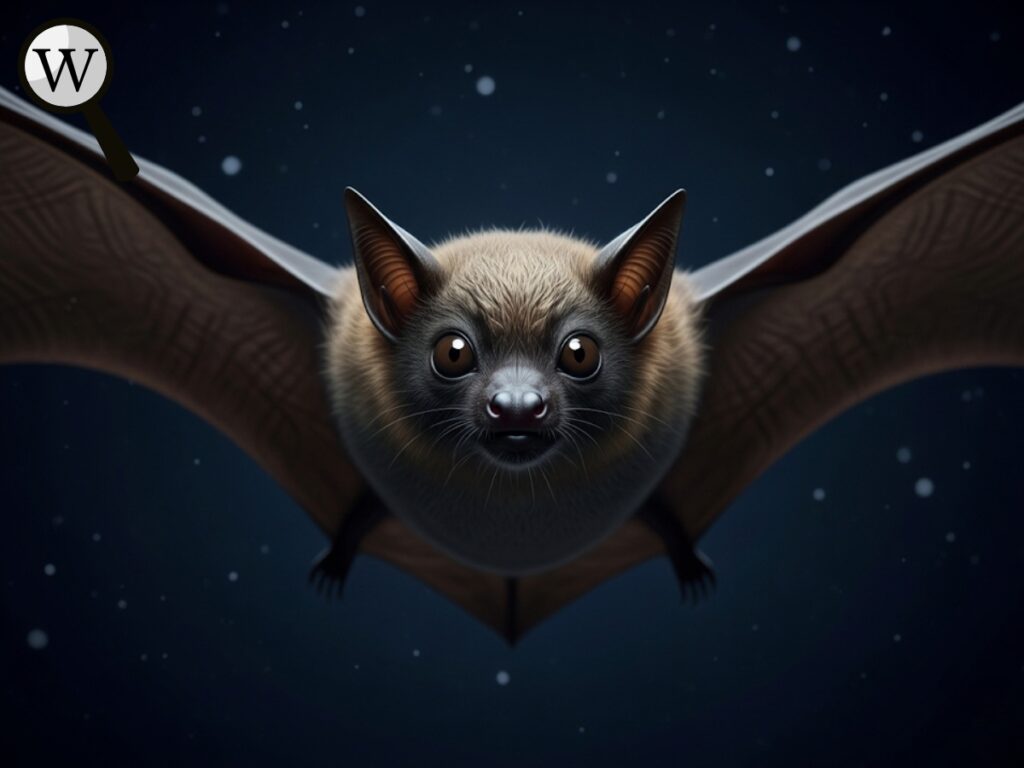
The short answer is no — bats are not blind. Contrary to popular belief, every bat species possesses functioning eyes and can see. While their eyesight varies depending on the species, many bats actually have quite good vision, especially adapted for the dim lighting conditions they typically navigate. Some species even have excellent night vision, which helps them fly and hunt in near darkness.
So, where did this myth that bats are blind originate?
This misunderstanding likely comes from the fact that many bat species use echolocation as their primary method of navigation and hunting. Echolocation is an extraordinary biological sonar system where bats emit high-frequency sound waves that bounce off objects and return as echoes. By interpreting these echoes, bats can construct a detailed “acoustic map” of their surroundings — even in total darkness.
Because echolocation is so specialized and effective, people assumed that bats must have poor eyesight or be blind, relying solely on sound to “see.” However, this is not the case. Echolocation doesn’t replace vision — it complements it. Bats use their eyes alongside echolocation to get a fuller understanding of their environment.
For example, fruit bats (megabats) have large, well-developed eyes and rely more on their vision than on echolocation. Many microbats, while highly dependent on echolocation, still maintain functional eyes that help them detect movement and navigate when light is available.
If you want to dive deeper into how bats use both vision and echolocation, Science Direct has an excellent overview here:
Bats: Vision or echolocation, why not both?
This combination of sight and sound gives bats a remarkable advantage, allowing them to thrive in diverse environments and hunt a wide variety of prey.
How Well Can Bats Actually See?
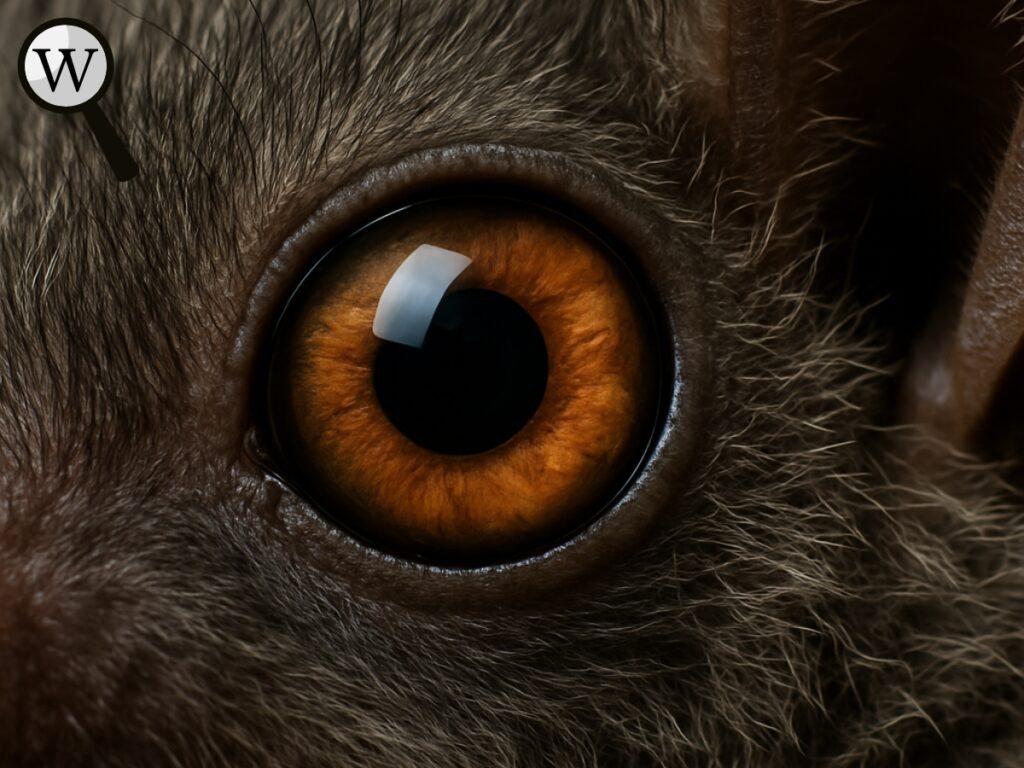
Did you know there are over 1,400 species of bats? That’s a huge family with lots of variety — and their eyesight varies just as much as their size and habits. So, how well can bats actually see? Let’s take a closer look!
First off, fruit bats, also known as megabats, are the visual champions of the bat world. They have large, expressive eyes and surprisingly sharp vision — even in daylight! These bats rely more on their eyesight than on echolocation, using their keen vision to find ripe fruits and navigate through forest canopies.
On the other hand, microbats, which make up the majority of bat species, mainly use echolocation to find their way around and hunt insects at night. But don’t let that fool you — their eyes are far from useless. Microbats have fully functional eyes that are specially adapted to see in very low light. This helps them spot obstacles and catch prey in the dark, complementing their sound-based navigation.
Here’s something really fascinating: some bats can even see in ultraviolet light! This means they can detect patterns on flowers and leaves that are invisible to us, giving them an extra edge in finding food or navigating their environment.
The secret behind this is that their eyes are built for low-light environments. They have more rod cells — the part of the eye sensitive to dim light — which helps them make sense of the dark skies and shadowy caves where they spend most of their time.
Why Do They Use Echolocation, Then?
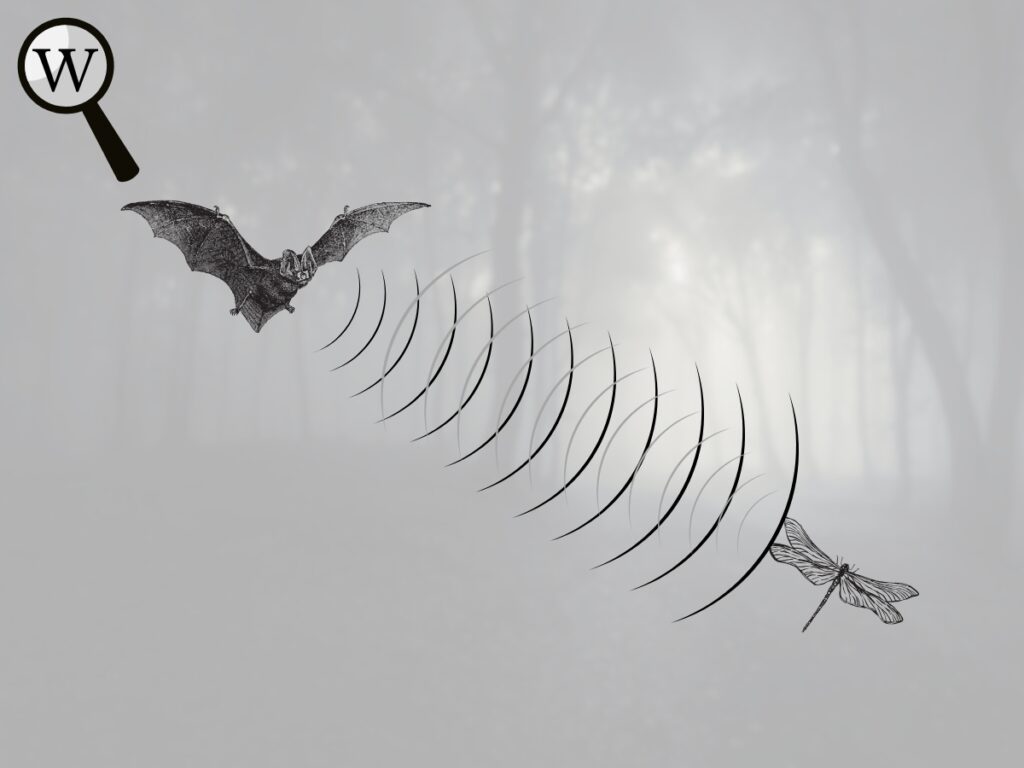
If bats can see, why bother with echolocation at all? Great question!
Think of it as a superpower — an incredible extra tool in a bat’s toolkit. It lets them “see” with sound when flying through pitch-black caves, dense forests, or when hunting tiny, fast-moving insects that are nearly impossible to spot with eyes alone.
It gives bats a detailed acoustic map of their surroundings, allowing them to detect shapes, distances, and even the texture of objects. This sound-based sense goes way beyond what eyes alone could do in complete darkness.
It’s kind of like how we use both our sight and hearing to get around. For example, when you walk in the dark, you might listen carefully to sounds bouncing around to understand the space. Bats have just taken this ability to a whole new level, using high-frequency sounds to build a sonic picture of the world around them.
So, it isn’t a replacement for vision — it’s a brilliant sidekick that makes bats some of the most skilled navigators and hunters of the night.
🌞 Are Bats Blind During the Day?
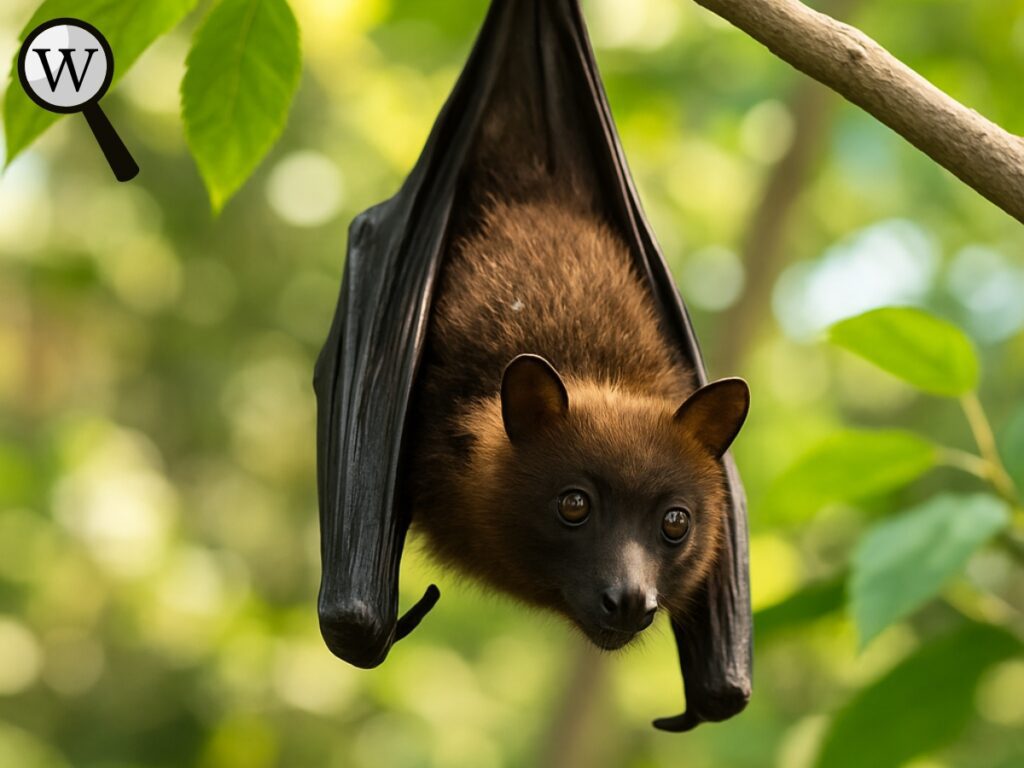
No, bats are not blind in daylight — and they don’t burst into flames like vampires either! 😄
While most bat species are nocturnal, meaning they’re active at night, that doesn’t mean they lose their vision when the sun comes up. In fact, bats can see during the day, but their eyes are simply more adapted to low-light conditions like twilight or total darkness. Their retinas contain more rod cells, which help them see in dim environments, and fewer cone cells, which are responsible for color and bright-light vision.
This is why bats usually avoid daylight — not because they’re blind, but because bright light isn’t ideal for their sensitive eyes. Plus, staying hidden during the day helps them avoid predators and conserve energy.
Interestingly, fruit bats (megabats) are often seen flying and feeding during the early morning or late afternoon. They rely heavily on vision and are quite comfortable navigating in daylight — proving once again that bats are far from blind, no matter the time of day!
Debunking the Myth: “Blind as a Bat”
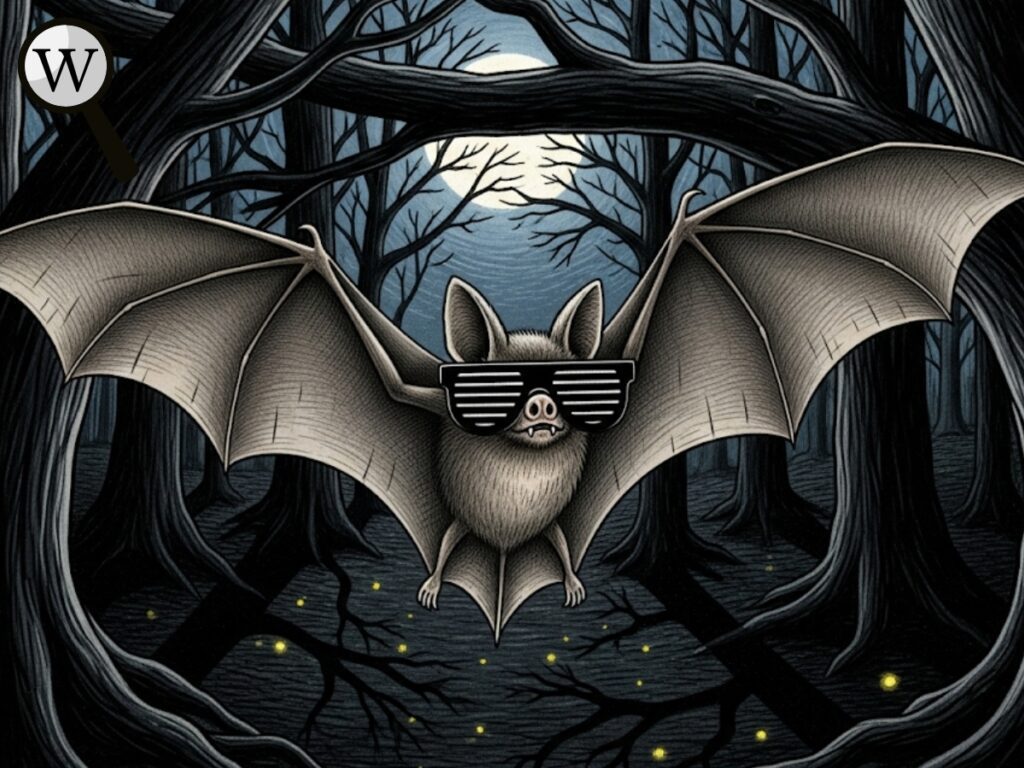
You’ve probably heard the this saying a million times — it’s catchy, easy to remember, and used to poke fun at someone with poor eyesight. But here’s the truth: this phrase couldn’t be more wrong!
This is a classic example of how a widely accepted idea can stick around for generations, even when it’s completely false. Just like the popular myth that goldfish have a three-second memory — which they definitely don’t! In reality, goldfish can remember things for months.
Similarly, bats have been unfairly labeled as blind, when in fact their vision is quite remarkable. They simply don’t get the credit they deserve for their amazing eyes and incredible abilities.
So next time you hear someone say “blind as a bat,” you can smile and know that the phrase is more myth than fact.
Final Thoughts: Respect the Bats
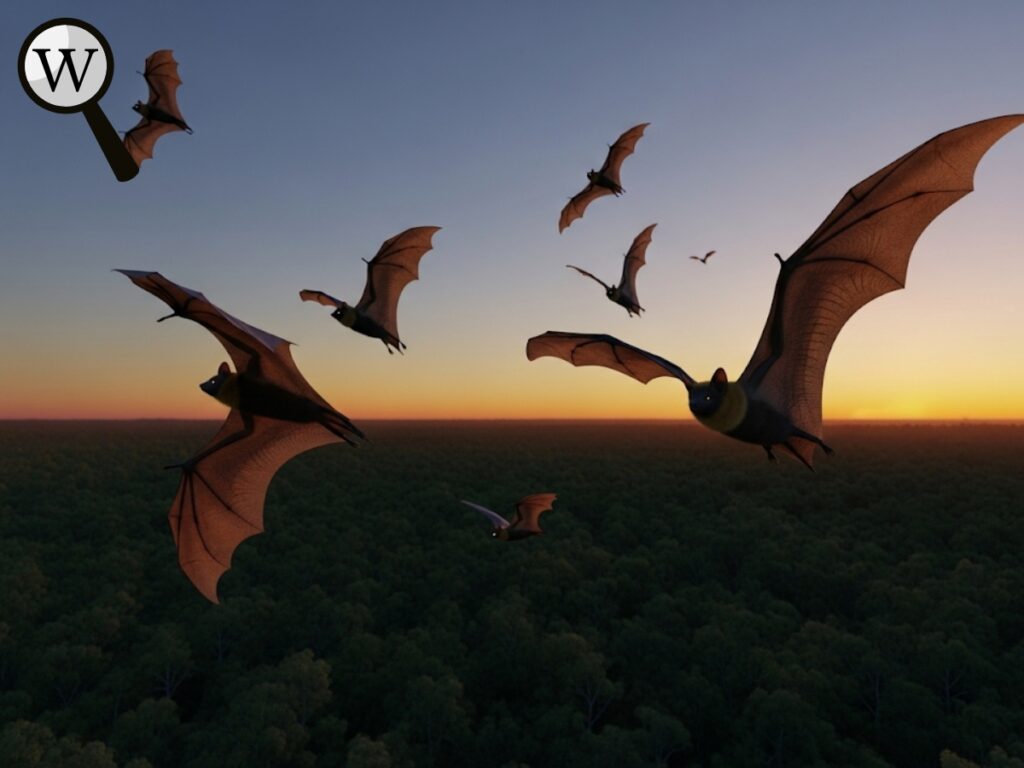
Bats are incredible creatures with unique abilities. Not only can they fly, see in the dark, and navigate with sound — they also play a vital role in ecosystems, pollinating plants and controlling insect populations.
So the next time someone says “blind as a bat,” you’ll know better — and you can kindly correct them with the real science. 🦇
Check out our category for more fun facts and myths about animals.







